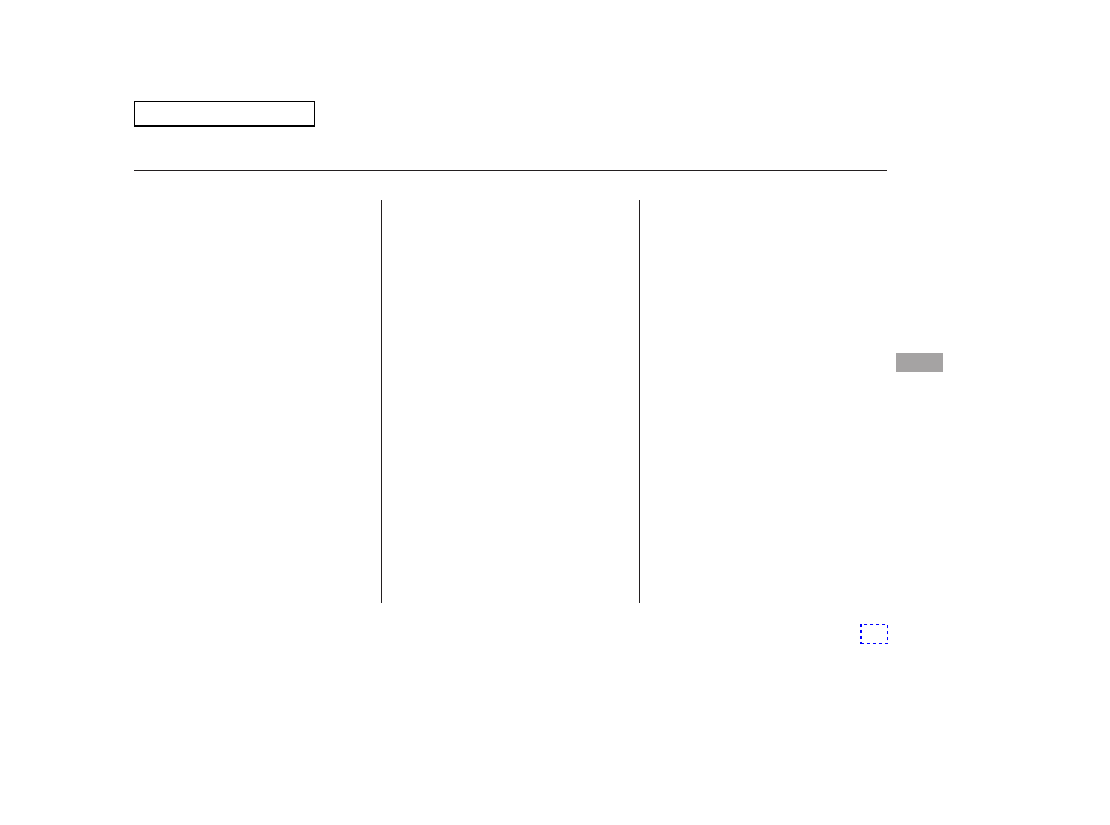Honda Accord Coupe L4 (2011 year). Manual - part 22

There are two common types of
trailer brakes: surge and electric.
Surge brakes are common for boat
trailers, since the brakes will get wet.
If you choose electric brakes, be
sure they are electronically actuated.
Do not attempt to tap into your
vehicle’s hydraulic system. No
matter how successful it may seem,
any attempt to attach trailer brakes
to your vehicle’s hydraulic system
will lower braking effectiveness and
create a potential hazard.
See your trailer dealer or rental
agency for more information on
installing electric brakes.
Many states and Canadian
provinces/territories require special
outside mirrors when towing a trailer.
Even if they don’t, you should install
special mirrors if you cannot clearly
see behind you, or if the trailer
creates a blind spot.
Trailer lights and equipment must
comply with federal, state, province,
territory, and local regulations.
Check with your local trailer sales or
rental agencies for the requirements
in the area where you plan to tow,
and use only equipment designed for
your vehicle.
Since lighting and wiring vary by
trailer type and brand, you should
have a qualified technician install a
suitable connector between the
vehicle and the trailer. Improper
equipment or installation can cause
damage to your vehicle’s electrical
system and affect your vehicle
warranty.
Ask your trailer sales or rental
agency if any other items are
recommended or required for your
towing situation.
Towing a Trailer
Trailer Brakes
Trailer Lights
D
riv
ing
Main Menu